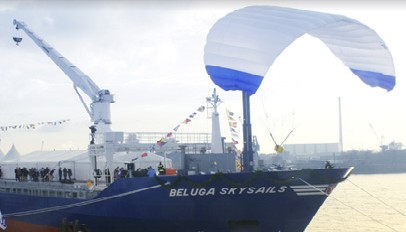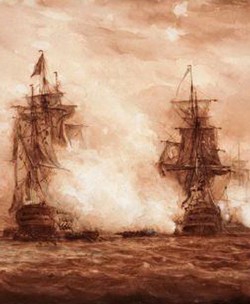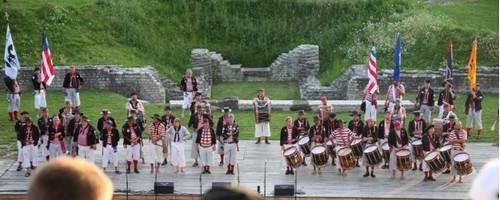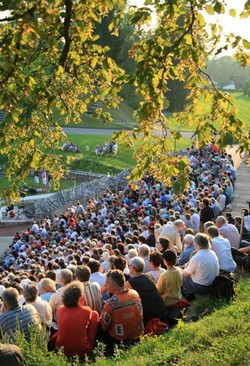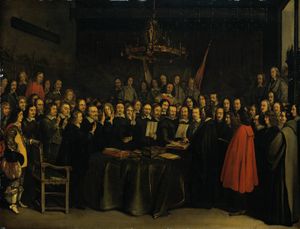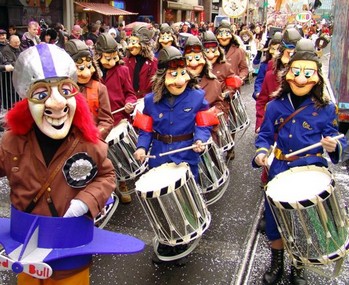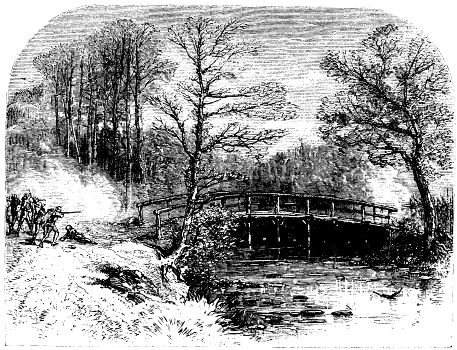
The Nobel Train
A classic corporate metaphor for teamwork is the crew team. In college I rowed in the two seat of an eight man scull and I can attest to that fact that if you are not pulling the oars in perfect unity, the boat moves like a duck.

The visual simplicity of the crew is one reason it lends itself nicely to the teamwork metaphor. However, the stakes are low if the team fails and in the best case scenario, the winning crew goes home with a medal and a warm happy feeling. Nice, but not the most griping example of teamwork.
Recently I was reading David McCullough’s 1776 and I was reminded of an example of teamwork that I would prefer to see on those motivational posters.
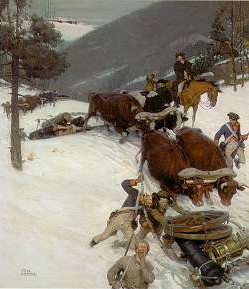
As winter approached, in 1775, George Washington and his untrained, ill equipped rabble in arms were trying to figure out how to dislodge the kings mighty army from Boston. By all accounts, including that of General Washington, the situation was untenable and the obstacles look insurmountable.
It was during this dire period, with Washington’s army perilously close to destruction and the hopes of liberty for the new Americans in jeopardy, that a young man named Henry Knox approached General Washington with a bold idea.
Henry wanted to take three hundred men and march them to upstate New York where they were to appropriate sixty tons of artillery from Fort Ticonderoga. He and his men would then drag the cannons back to Cambridge, MA during the dead of winter using wooden sleds and oxen in what Henry described as a ‘noble train of artillery’.
Henry left for Fort Ti in early December and for the next two months lugged artillery over Lake Champlain, through mud and snow and ultimately arrived in Cambridge on January 24th, 1776. Washington then set all fifty-nine of Knox’s cannons on Dorchester Heights during the course of one night and pointed them down upon the British army. When the British awoke to see the deadly line of artillery pointing at them they thought better of retaliating and within a few days were boarding their ships in Boston harbor and preparing to evacuate. A major victory for the American’s and not a shot had been fired.
History is a great place, of course, to find good tune titles. This tune’s title is a nod to the teamwork and perseverance of Knox and his men during the most trying of times. I was really intending on recording a quick demo of the newly written tune…and then I got carried away with the instrumentation. It was one of those rare evenings where the recording session went smoothly (i.e. my furnace didn’t click on during the perfect takes!). As a demo, unfortunately, the recording is rather short. Consequently, I expect to rework it into a longer set at some point.
The Nobel Train / Franklin’s Harem by baconworks
